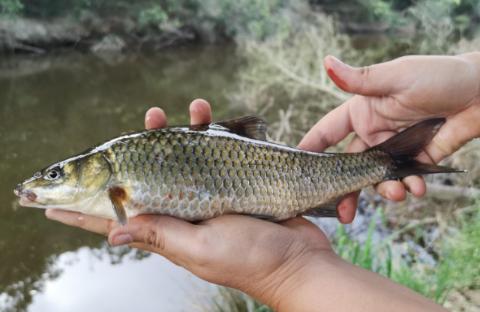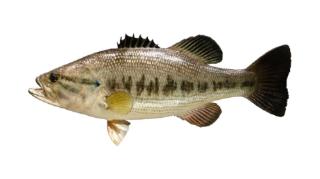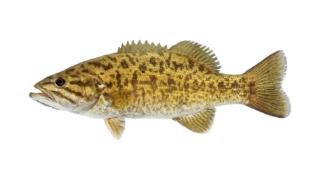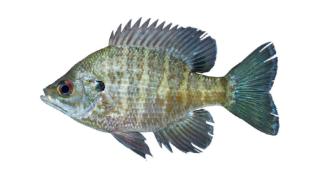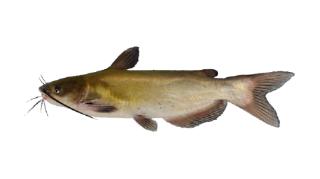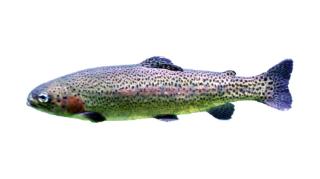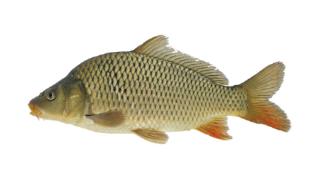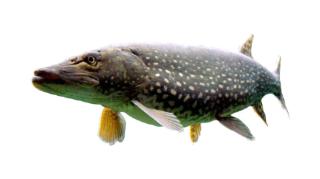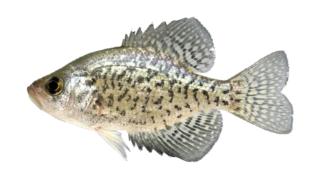Cape whitefish
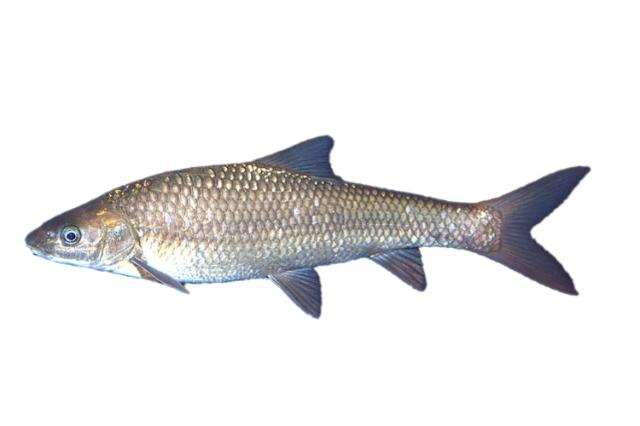
Top Baits For Catching Cape whitefish

Recently Caught Cape whitefish
Erich Jordaan
More fun with ultralight . Cape Whitefish

Lee Young
Another cape whitefish these fish are on the endangered list as far as I know and previously thought extinct in the breede River system, I think there have been efforts to rivive these little fish in a bigger dam. He wasn't in very good condition and had quite a few Knicks and cuts on him but our river has been in flood for about a week, and there has been an enormous amount of debris washing down the river which is very fast flowing.
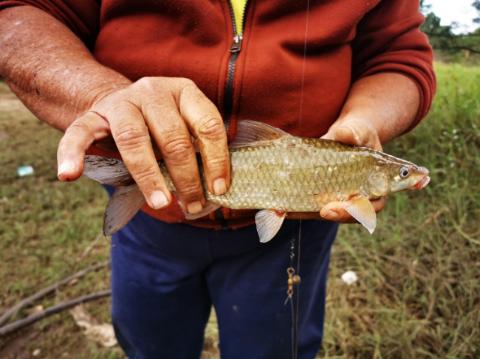
Lee Young
This is the fourth cape Whitefish or Berg-breede River whitefish I've caught in the breede system a rare species which I believe was thought to be extinct in most of the river due to invasive species such as carp and bass. This species is considered Endangered by the IUCN as it has declined much in recent decades. The main threat is the introduced smallmouth bass (Micropterus dolomieu), which has killed off the stocks of the fish in the Berg River watershed by eating juveniles. In Brandvlei Dam, where the barb's population is most healthy, the African catfish (Clarias gariepinus) is spreading; its impact will need to be assessed. The common carp (Cyprinus carpio) and Mozambique tilapia (Oreochromis mossambicus), introduced for aquaculture, are competing with the Cape whitefish for food. Water pollution is also a problem.[4] It is also listed as endangered by the Nature Conservation Ordinance of Western Cape Province. For the time being, it may not be killed and only caught for supervised transfer trials to other habitats. An initiative is aimed at restoring the stocks, so this large fish can be used in fishing and maybe aquaculture as an alternative to the harmful introduced species. [4] There are many reasons as to why the population of the cape whitefish have recently been declining, with human-related activity being one of them. A severe flood in 2008 as well as invasions of other predatory fish species are a likely cause of the decline as well. In order to prevent further decline, there are conservation actions in place such as managing non-native fish invasions as well as lessening the agricultural impact on aquatic habitat. [5]
